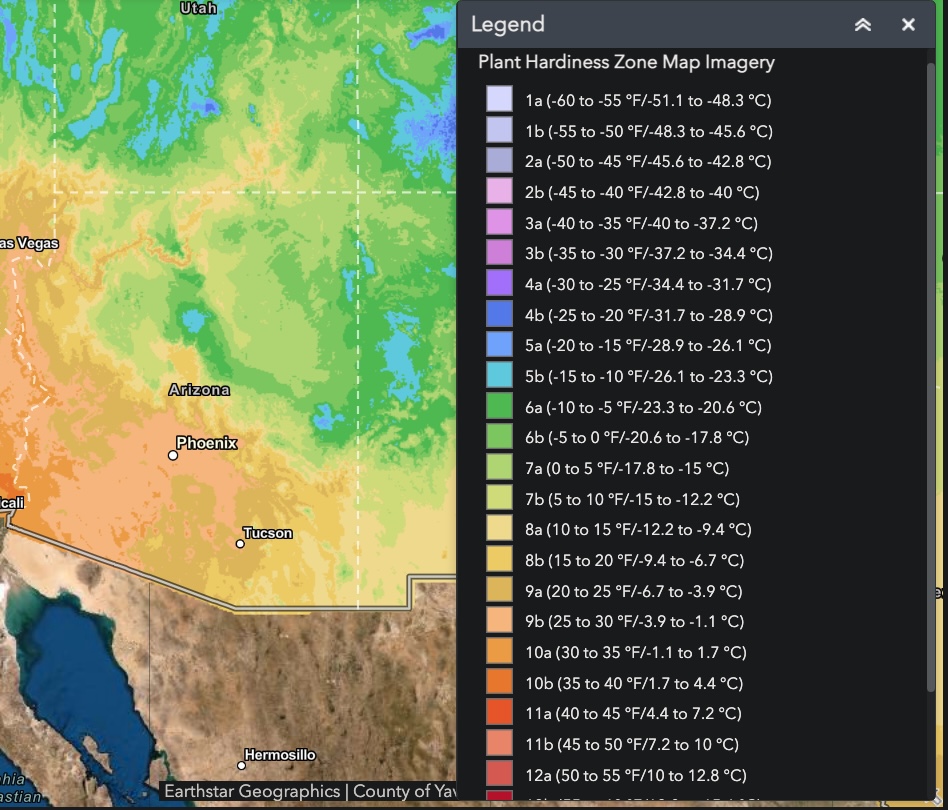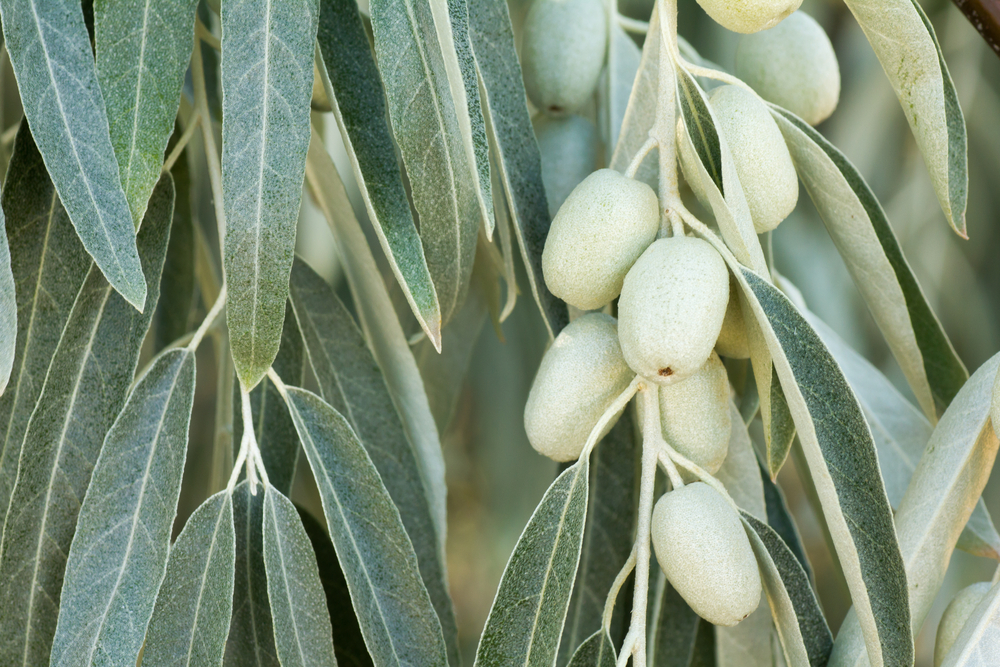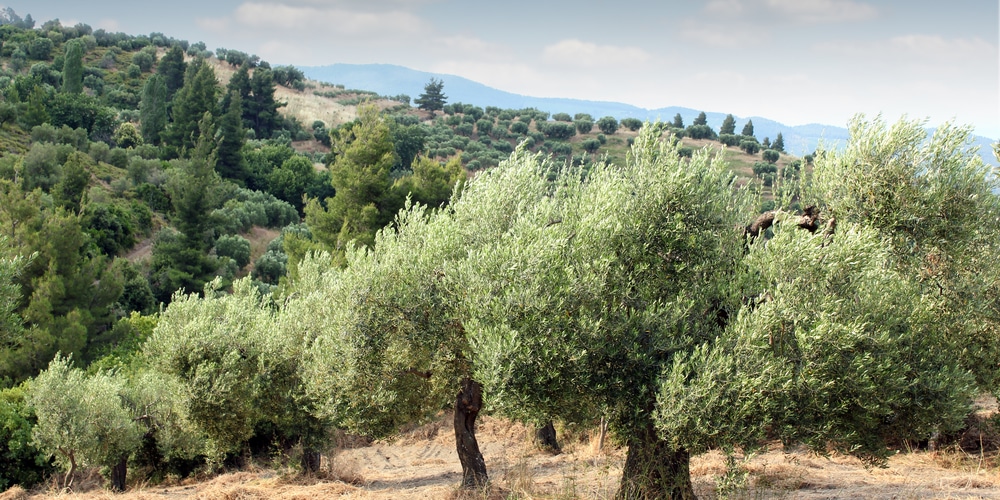Olive trees are beautiful small trees that thrive in arid climates, such as that found in Arizona. A variety of trees, like the mission olive tree, Koroneiki olive tree, and Manzanillo olive tree, do incredibly well in Arizona gardens and yards.
These trees, among others, may be just the addition you need to fill your garden. Plus, they supply tasty fruit that has a variety of uses!
Olive Trees Banned in Arizona
It is important to note that if you live in Prima County, planting new olive trees has been banned due to the belief that they over-pollinate their surroundings. This is an irritant for those living in the cities, especially those with severe pollen allergies. The ban began in the mid-1980s and still exists to this day.
Mission Olive Tree
The mission olive tree is a popular addition to Arizona gardens and a valuable plant. It does well in hot and cold temperatures and a wide range of soil types, meaning that the plant is likely to thrive no matter where you live in Arizona (except for the areas where planting new olive trees is banned).
It is also very drought tolerant, so you will not have to worry about the long Arizona summers affecting your new tree. The tree also flowers in springtime, adding to its overall appeal. The fruit is usually used for brining or oil.
Leccino Olive Tree
Leccino olive trees are well-known for their ability to adapt to different soils and weather patterns. As long as you keep the tree’s soil moist, it can survive winter chills and summer heat waves. It does best in zones 8-9, but growing it in wetter climates is possible. They reach 20-30 feet high and ripen early.
Arbosana Olive Tree
The Arbosana olive tree is a Spanish variety of olive trees smaller than some of the other varieties on this list. It reaches between 12 and 15 feet in height and is known for its high fruit yields. Its olives are commonly used in oil. You will also have success brining them to snack on later.
You will only have to wait about two years to harvest olives after planting this tree, far faster than some other options. It thrives in zones 8-11 and bears small olives in large clusters.
Koroneiki Olive Tree
The Koroneiki olive tree is another popular option that does well in Arizona’s arid climate. They have small, dark leaves and white flowers that make the tree a beautiful addition to your garden even when it is not bearing fruit. They grow to widths of between 8-12 feet and can fruit within the first year you plant them! This makes them a popular variety.
Manzanillo Olive Tree
The Manzanillo olive tree is well-suited to Arizona’s weather and will thrive in your garden. The tree is considered a high-quality option and is highly desirable for those who want to grow olives in an arid climate. They grow to a maximum width of around 20 feet and can also fruit within the first year.
They produce white flowers in the summer, and their delicious fruit is pitless, which may be a deal breaker if you love olives but hate having to remove the pit.
Pendolino Olive Tree
The Pendolino olive tree is a lovely addition to your Arizona garden. At the same time, it takes longer than other olive tree varieties to fruit; it is well worth the wait. It is very popular for its mild flavor. It is also used as a pollinator. You may want to plant it alongside other olive trees to increase production.
Wrapping Up
Olive trees are amazing additions to any garden. They are long-lived trees that self-fertilize and produce delicious fruit that can be used for various purposes.
If you live in Arizona and are looking for an olive tree suited to the arid climate, any of these, including the Manzanillo and Pendolino olive trees, are great options.



